#worksops
Explore tagged Tumblr posts
Text
still some details and rendering to fill in but calling this good for mermay !


Sculpts by RAW_RoninArts
31 notes
·
View notes
Photo

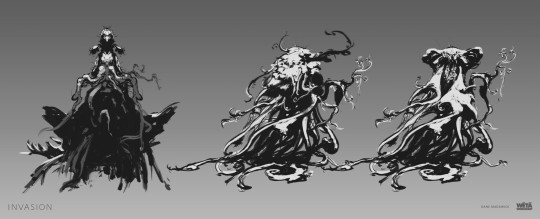
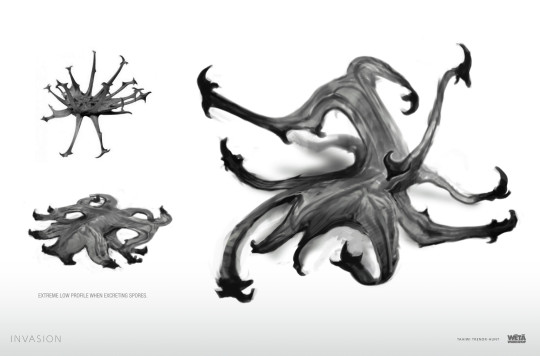
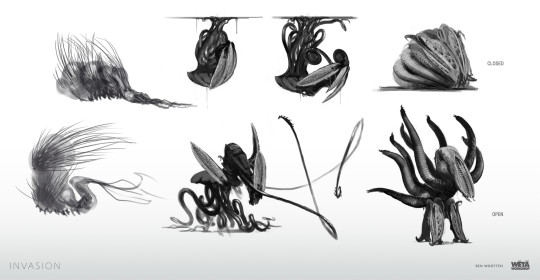
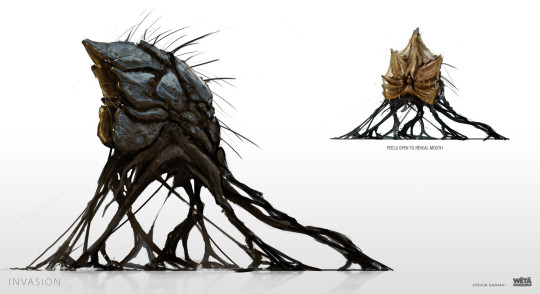
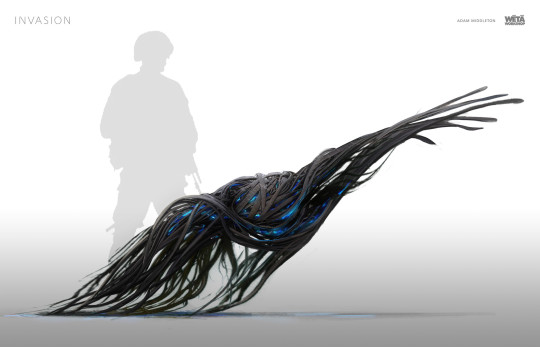
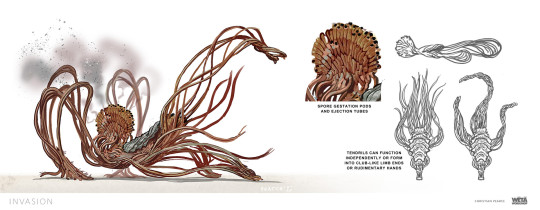
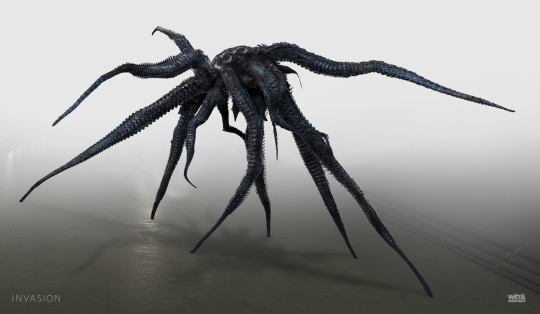
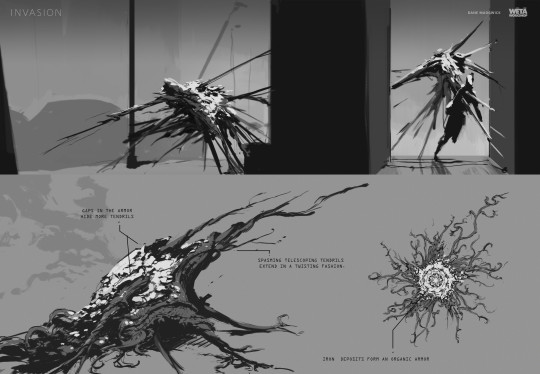
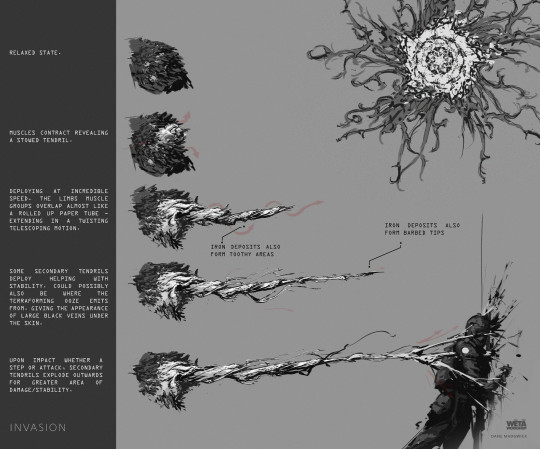
Invasion - Worker Exploration by Wētā Workshop Design Studio
Artist: Tahiwi Trenor-Hunt / Dane Madgwick / Ben Wootten / Joshua Damian / Adam Middleton / Christian Pearce
#invasion#invasion (2021)#weta worksop design studio#weta#sci-fi series#concept art#creature design#artwork
86 notes
·
View notes
Text


Lime Tree Avenue running through Clumber Park, Nottinghamshire. November 2014.
4 notes
·
View notes
Text
I want to go somewhere …
I’ve always wanted to go to Norway. Don’t ask me why, it’s just a place I want to go. So … who’s with me?
2 notes
·
View notes
Photo
The Worksop Bestiary, also known as the Morgan Bestiary (MS 81), most likely from Lincoln or York, England,[1][2] is an illuminated manuscript created around 1185, containing a bestiary and other compiled medieval Latin texts on natural history. The manuscript has influenced many other bestiaries throughout the medieval world and is possibly part of the same group as the Aberdeen Bestiary, Alnwick Bestiary, St.Petersburg Bestiary, and other similar Bestiaries. Now residing in the Morgan Library & Museum in New York, the manuscript has had a long history of church, royal, government, and scholarly ownership.
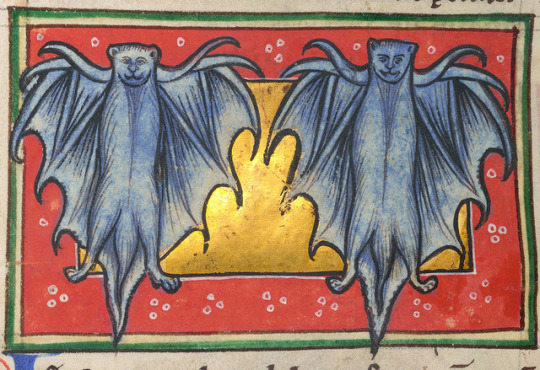
bats
Worksop Bestiary, England c. 1185
NY, The Morgan Library & Museum, MS M.81, fol. 54v
#studyblr#history#art#art history#medieval art#zoology#animals#cute animals#bestiary#worksop bestiary#bats
2K notes
·
View notes
Text










Adding to the ever growing mental list of different companies I’ve seen, this is my first time spotting railadventure!
Their fleet of Class 43s are certainly a sight to see and it’s lovely to see these beloved locos still in regular service!
I’m sure I’ll manage to spot more in the future!
0 notes
Text

1 note
·
View note
Text




Join us tomorrow at the #Liberland #Longevity #Conference to hear insights from our distinguished speaker, Mr. Philip Ong. Philip Ong is a dynamic #entrepreneur with a remarkable track record in various #industries. Secure your spot at ➡️ http://longevity.ll.land Embrace a #healthy #lifestyle with Snežana's micro #herbs and sprouting grain #cultivation. Packed with #nutrients, these raw additions are the perfect healthy complement to any #meal. We're thrilled to welcome Nancy Huynh, a California-certified professional #massage #therapist with over 13 years of #experience in the #health #industry. Enjoy a scene from a novel #reclining on the sofa with a porcelain cup of hot #drink. Experience the soothing power of tea for a refreshing break. Elevate your #relaxation #experience! Secure your spot at http://longevity.ll.land now!
liberland #workshop #Serbia #serbs #tea
0 notes
Text

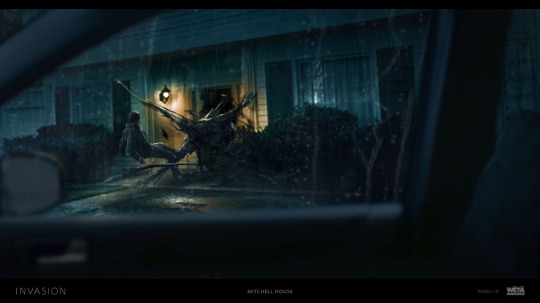
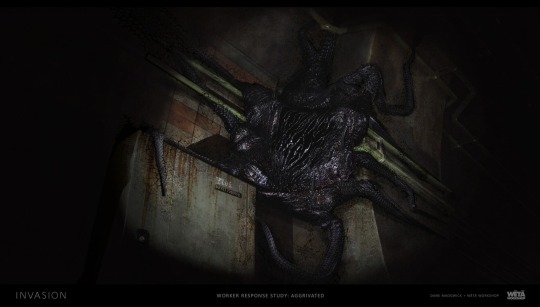

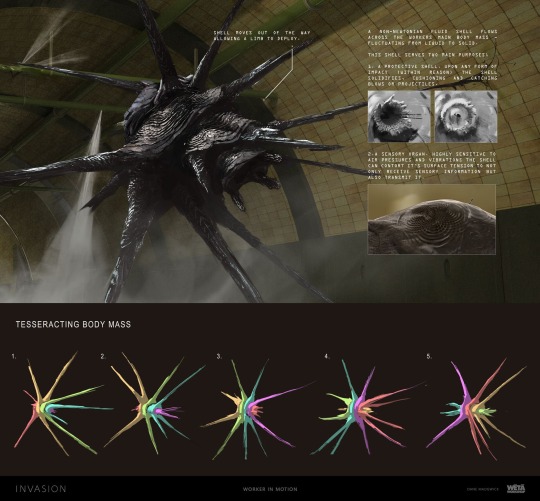
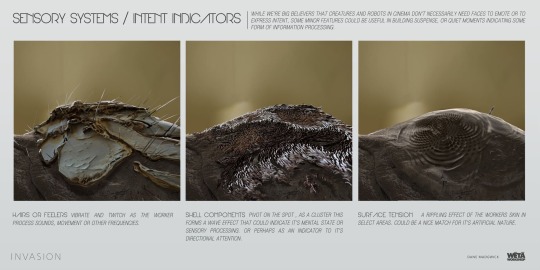

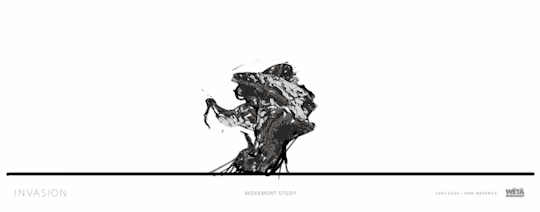

Invasion - Worker Movement & Finals by Wētā Workshop Design Studio
Artist: Jeremy Hanna / Russell Dongjun Lu / Dane Madgwick / Chris Guise
29 notes
·
View notes
Text





Clumber Park, Nottinghamshire. February 2025.
2 notes
·
View notes
Text
Looking for that someone ….
That someone who’ll listen to your feelings/bullshit whenever you need to spout it.
These people are few and far between.
0 notes
Photo
Bestiary, literary genre in the European Middle Ages consisting of a collection of stories, each based on a description of certain qualities of an animal, plant, or even stone. The stories presented Christian allegories for moral and religious instruction and admonition.
The numerous manuscripts of medieval bestiaries ultimately are derived from the Greek Physiologus, a text compiled by an unknown author before the middle of the 2nd century ad. It consists of stories based on the “facts” of natural science as accepted by someone called Physiologus (Latin: “Naturalist”), about whom nothing further is known, and from the compiler’s own religious ideas.
The Physiologus consists of 48 sections, each dealing with one creature, plant, or stone and each linked to a biblical text. It probably originated in Alexandria and, in some manuscripts, is ascribed to one or other of the 4th-century bishops Basil and Epiphanius, though it must be older. The stories may derive from popular fables about animals and plants. Some Indian influence is clear—for example, in the introduction of the elephant and of the Peridexion tree, actually called Indian in the Physiologus. India may also be the source of the story of the unicorn, which became very popular in the West.
The popularity of the Physiologus, which circulated in the early Middle Ages only less widely than the Bible, is clear from the existence of many early translations. It was translated into Latin (first in the 4th or 5th century), Ethiopian, Syriac, Arabic, Coptic, and Armenian. Early translations from the Greek also were made into Georgian and into Slavic languages.
Translations were made from Latin into Anglo-Saxon before 1000. In the 11th century an otherwise unknown Thetbaldus made a metrical Latin version of 13 sections of the Physiologus. This was translated, with alterations, in the only surviving Middle English Bestiary, dating from the 13th century. It, and other lost Middle English and Anglo-Norman versions, influenced the development of the beast fable. Early translations into Flemish and German influenced the satiric beast epic. Bestiaries were popular in France and the Low Countries in the 13th century, and a 14th-century French Bestiaire d’amour applied the allegory to love. An Italian translation of the Physiologus, known as the Bestiario toscano, was made in the 13th century.
Many of the medieval bestiaries were illustrated; the manuscript of the earliest known of these is from the 9th century. Illustrations accompanying other medieval manuscripts are often based on illustrations in the Physiologus, as are sculptures and carvings (especially in churches) and frescoes and paintings well into the Renaissance period.
The religious sections of the Physiologus (and of the bestiaries that were derived from it) are concerned primarily with abstinence and chastity; they also warn against heresies. The frequently abstruse stories to which these admonitions were added were often based on misconceptions about the facts of natural history: e.g., the stag is described as drowning its enemy, the snake, in its den; and the ichneumon as crawling into the jaws of the crocodile and then devouring its intestines. Many attributes that have become traditionally associated with real or mythical creatures derive from the bestiaries: e.g., the phoenix’s burning itself to be born again, the parental love of the pelican, and the hedgehog’s collecting its stores for the winter with its prickles. These have become part of folklore and have passed into literature and art, influencing the development of allegory, symbolism, and imagery, though their source in the bestiary may be frequently overlooked.
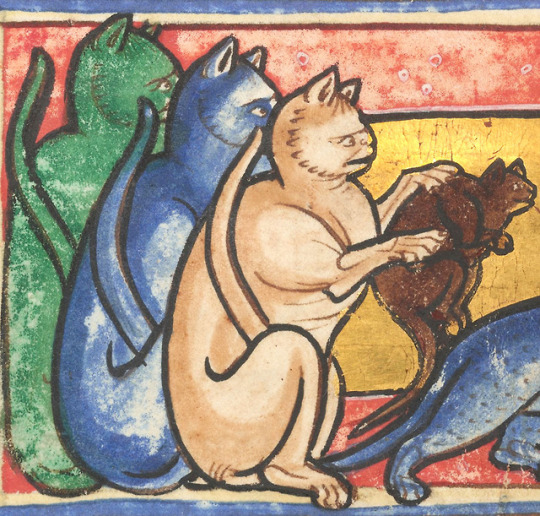
multicolored cats
Worksop Bestiary, England c. 1185
NY, The Morgan Library & Museum, MS M.81, fol. 46v
#studyblr#history#classics#christianity#catholicism#art#art history#medieval art#animals#birds#zoology#botany#trees#folklore#ancient greece#egypt#india#alexandria#basil of caesarea#epiphanius of salamis#bestiary#worksop bestiary#physiologus#unicorns#deer#ichneumonidae#phoenix#pelican#hedgehog#peridexion tree
2K notes
·
View notes
Text
When you rent a lorry with T G Commercials Self Drive in Nottingham, Lincoln, Worksop you can be assured of your safety and security of your prized belongings. Our expansive fleet of lorries are regularly serviced and maintained to ensure that they are always at their peak performance. Also, we continuously update our fleet with the addition of the latest models of lorries. This way, we ensure that you rent a lorry with all the latest safety features, along with GPS and comfortable seating.
0 notes
Text
Playing D&D
Jaune (Dungeon Master): As the door to Santa's worksop swing open. You are met fate to face with none other than the man in red himself. Santa looks at you all and says-
Neptune: I'm gonna swing on him
Ren: What? No, no you're not. Jaune, don't listen to him. He is not doing that.
Jaune: *Smiling*
Neptune: *Rolls his dice* Does a 21 hit? *He says with a smirk*
Jaune: *Smiling* No... Not even close.
Neptune: 😧
Sun: Santa is a level 20 archfey! He goes to every house in the span of one night!
Jaune: His eyes glow jolly white and says: "Looks like someone's on the naughty list this year."
Neptune: 😨
Jaune: *Looks at everyone* Everybody roll initiative
Sun: That is Schrödinger's initiative roll! Do you understand what you've done to us?!
#rwby incorrect quotes#jaune arc#jaune#rwby jaune arc#rwby jaune#rwby neptune#neptune#rwby neptune vasilias#neptune vasilias#rwby sun wukong#sun wukong#rwby sun#lie ren#rwby lie ren#rwby ren#ren#rwby#rwby shitpost
320 notes
·
View notes
